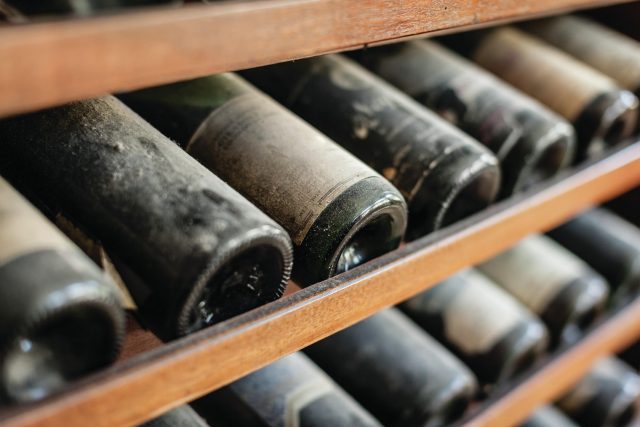This website uses cookies so that we can provide you with the best user experience possible. Cookie information is stored in your browser and performs functions such as recognising you when you return to our website and helping our team to understand which sections of the website you find most interesting and useful.
Liv-ex 1000 falls for the fourth month in a row
The Liv-ex 1000 – the broadest measure of the fine wine market – fell for the fourth month in a row, with the Burgundy sub-indices taking the biggest hit of all during the month, falling 2.1% during the month.

The fall across the total index took the total dip to -2.6% since October 2022 – which Liv-ex said reflected the impact of the wider economic “storm”.
It had previously warned about the concern felt by the trade on the macro-economic picture, stock shortages and rising prices, following the publication of its annual members survey.
However Italian wine, led by Barolo and Barbaresco seemed to escape relatively unscathed. The Italy 100 being the only sub-index to see growth, up 1.1%, with leading names Gaja Barbaresco, Bartolo Mascarello and Giacomo Conterno seeing strong double-digit growth.
For example the Gaja Barbaresco 2015 and 2011 rose 17.4% and 13.2% respectively, while the Bartolo Mascarello Barolo 2010 saw growth of 13.6%, ahead of Giacomo Conterno Barolo Monfortino Riserva 2010 at 11.7%.
There were also some positive news for Champagne, with the Champagne 50 falling only 0.5% in February, – which compared to the 4.3% fall in January (making it the biggest faller for the third month in a row), was a promising improvement.
Indeed Liv-ex recorded strong prices for Bollinger La Grande Annee 2014, which was the best-performing wine in the Liv-ex 100 index this month, up 11.1%, while Grower Champagne Jacques Selosse Millesime 2009 also rose (10.1%), followed by Louis Roederer Cristal Rosé 2008 (6.9%) and Dom Perignon 2005 (6.8%).
In January, the Burgundy 150 had been the only sub-index to rise amid a wider slow-down (albeit rising a modest 0.4%, with Burgundy accounting for 26.5% of total trade by value across January), however February saw its fortunes fall, as it became Liv-ex’s worst-performer, falling 2.1%.
The Rhone 100 index also experienced a decline of -1.8%, the second biggest decline this month.
Read more:
What does 2023 have in store for the fine wine market?
Is Burgundy beyond the reach of most buyers?
Fine wine market hits the January blues
Related news
A 'challenging yet surprising' vintage for Centre-Loire in 2024

